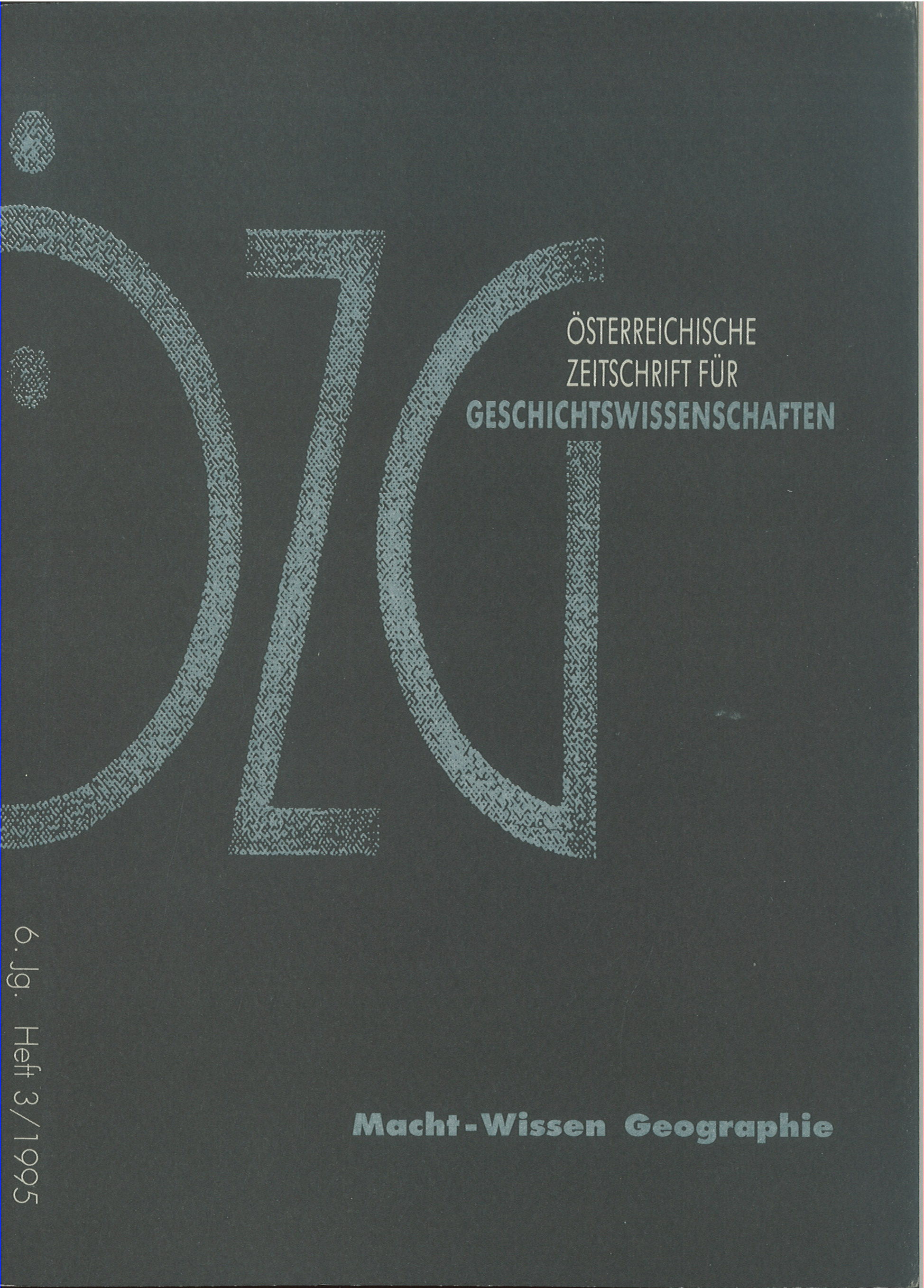Zeit und Raum im Projekt der Aufklärung
DOI:
https://doi.org/10.25365/oezg-1995-6-3-2Abstract
Modernity developed a strong sense of time-space compression - that is, a sense of shrinking of the spatial world and of a shortening of time-horizons. The author first analyzes the transition that prepared the way for Enlightenment thinking of time and space. The voyages of discovery indicated a finite and knowable globe, and the rules of perspective broke radically with the practices of medieval art and architecture and shaped the ways of seeing for the next four centuries. Perspectivism had reverberations in all aspects of social life and in all fields of representation, which is extensively demonstrated by examples of cartographic representations. The conceptual foundations for the Enlightenment project were laid by the Renaissance revolution in concepts of space and time. Accurate maps and chronometers became essential tools not only for a rational order of space and time, but also for domination and social control in an age of commodity capitalism.


